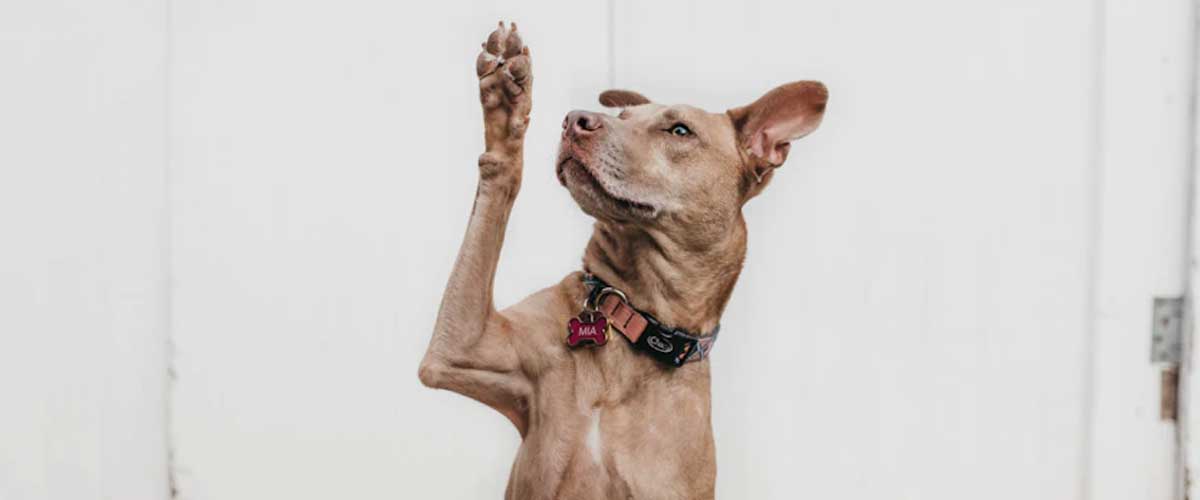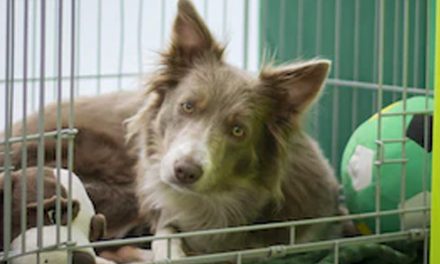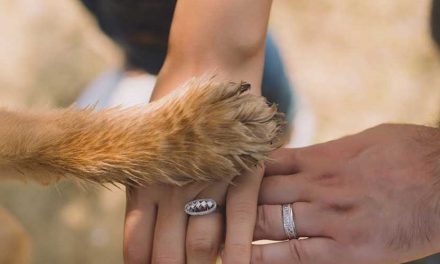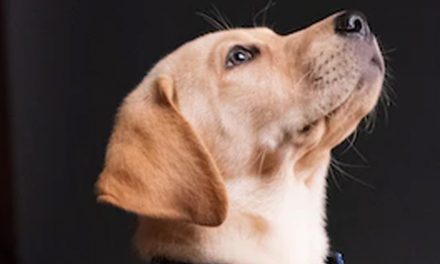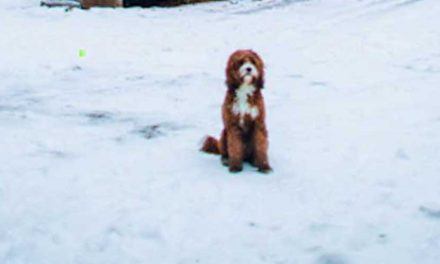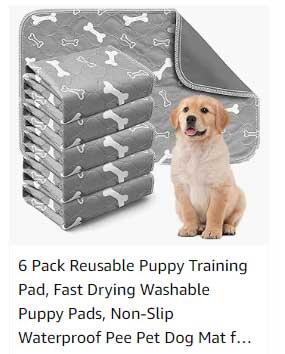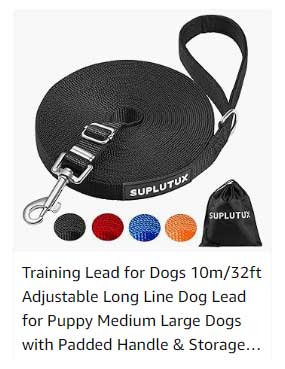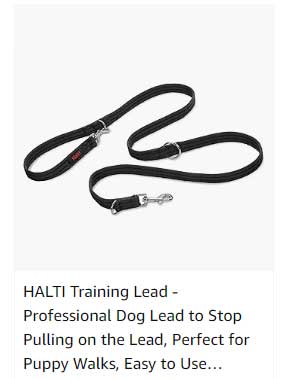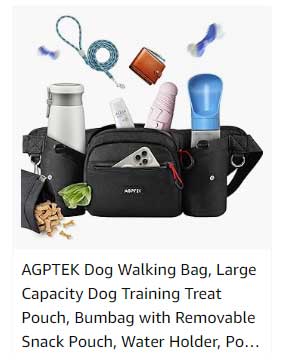Training your dog to wave goodbye can be a fun and rewarding experience for both you and your furry friend.
This trick is not only entertaining but also strengthens your bond.
Here’s how to teach your dog to wave goodbye:
Materials Needed
Treats (small, high-value rewards)
A clicker (optional, for clicker training)
A quiet space with minimal distractions
Step-by-Step Instructions:
1. Choose the Right Time and Place
Find a quiet area where your dog feels comfortable and can focus without distractions.
It’s best to train when your dog is alert but not overly energetic.
2. Get Your Dog’s Attention
Start by getting your dog’s attention with a treat.
Hold it in your hand close to their nose to make sure they are focused on you.
3. Introduce the Cue
Choose a verbal cue like “wave” or “goodbye” and say it clearly before moving on to the next step.
Consistency is key, so use the same cue each time.
4. Encourage the Behavior
Most dogs naturally lift their paw, so you can help them along by gently tapping their paw or using a treat to lure it.
Show the treat to their side to encourage them to lift their paw.
If they shift their foot, even slightly, reward them!
5. Click and Reward
If you’re using a clicker, click it the moment your dog lifts their paw.
Immediately follow with a treat.
If you’re not using a clicker, provide a treat right after they lift their paw.
6. Repeat
Practice this several times a session, rewarding your dog each time they lift their paw.
Keep sessions short and positive, about 5-10 minutes each.
7. Add the Cue
Once your dog is consistently lifting their paw, add your cue word just before you encourage them to wave.
For example, say “wave” just before using the treat to lure their paw.
8. Practice Without Treats
Gradually reduce the number of treats, offering them intermittently.
Start to rely more on praise as a reward instead.
This will help your dog to understand that they should wave on command without always expecting a treat.
9. Generalize the Behavior
Practice in different locations and in front of different people to help your dog understand that “waving” means the same thing no matter where they are.
10. Be Patient and Positive
Every dog learns at their own pace.
Be patient and always use positive reinforcement to encourage your dog.
If they seem frustrated or bored, take a break!
Final Thoughts
Once your dog masters the wave, you can encourage them to use it in real life by practicing at goodbye times, like when you leave for work or when guests are leaving.
Most importantly, always keep training sessions enjoyable, and celebrate your dog’s progress!
Happy training!

